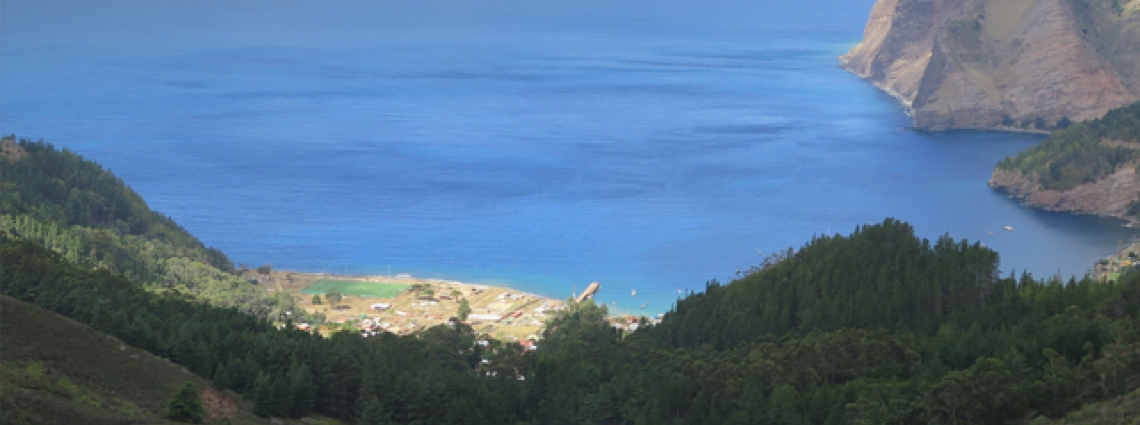Welcome back HA03 - Robinson Crusoe Island

The Juan Fernandez archipelago is situated around 670 kilometres west of the Chilean mainland.
This most complex reconstruction in the CTBTO’s history was made possible through the dedicated support of our Member States. I wish to thank, in particular, Ambassador Alfredo Labbé for Chile’s close cooperation, assistance and warm hospitality.
Station HA03 is important for assuring coverage of large parts of the South Pacific Ocean. The reconstruction of HA03 means that the entire hydroacoustic network, except for station HA04 in the Crozet Islands in the southern Indian Ocean, is now operational - see interactive map.

Click to learn more about hydroacoustic technology

A hydrophone node being launched into the water
I am very proud of the team that conducted this project with excellence from A to Z. Seeing the data flow to the IDC is both a sigh of relief, a celebration and ultimate proof of the high quality project management.
The data passes through 30 kilometres of underwater trunk cable to the shore station, is formatted and sent via a dedicated satellite link direct to the IDC in Vienna.
To meet the challenge of performing according to the specifications for many years at depths of up to 2 km, enormous effort has been put into the design, testing and quality assessment of all subsea equipment.
Detailed planning undertaken over the last few years with our contractors and the Chilean Authorities ensured the smooth installation of the HA03 underwater system. Calm weather conditions were, of course, a bonus.

Spectrogram of a recording of whales made by the station shortly after is started sending data again – click to hear sound (sped up by factor 16 for audibility).
Cross-divisional team work, planning and perseverance were critical success factors in this project. It is not that we did not face problems during the re-establishment of HA03, we just stayed long enough with them.

27 Mar 2014
